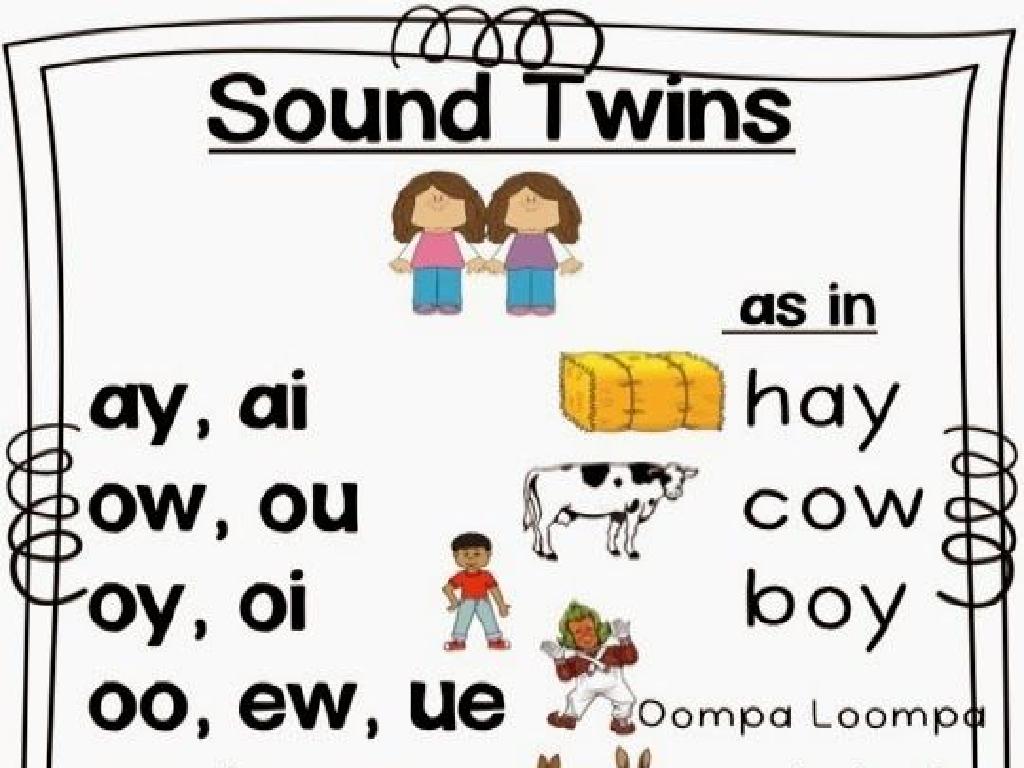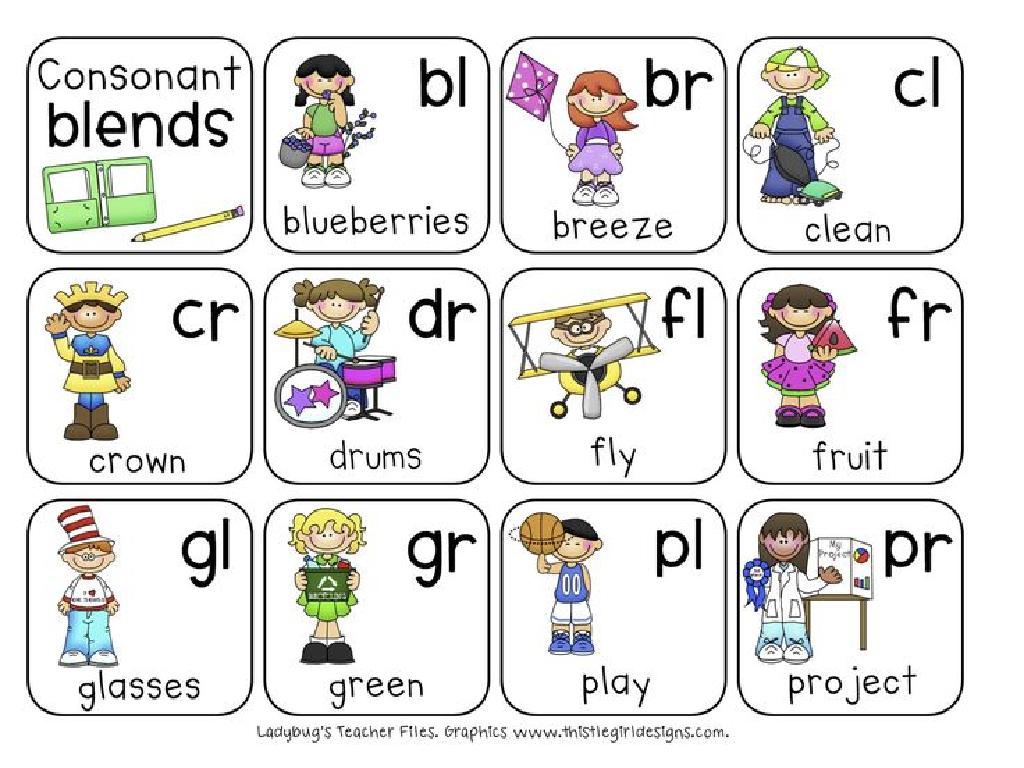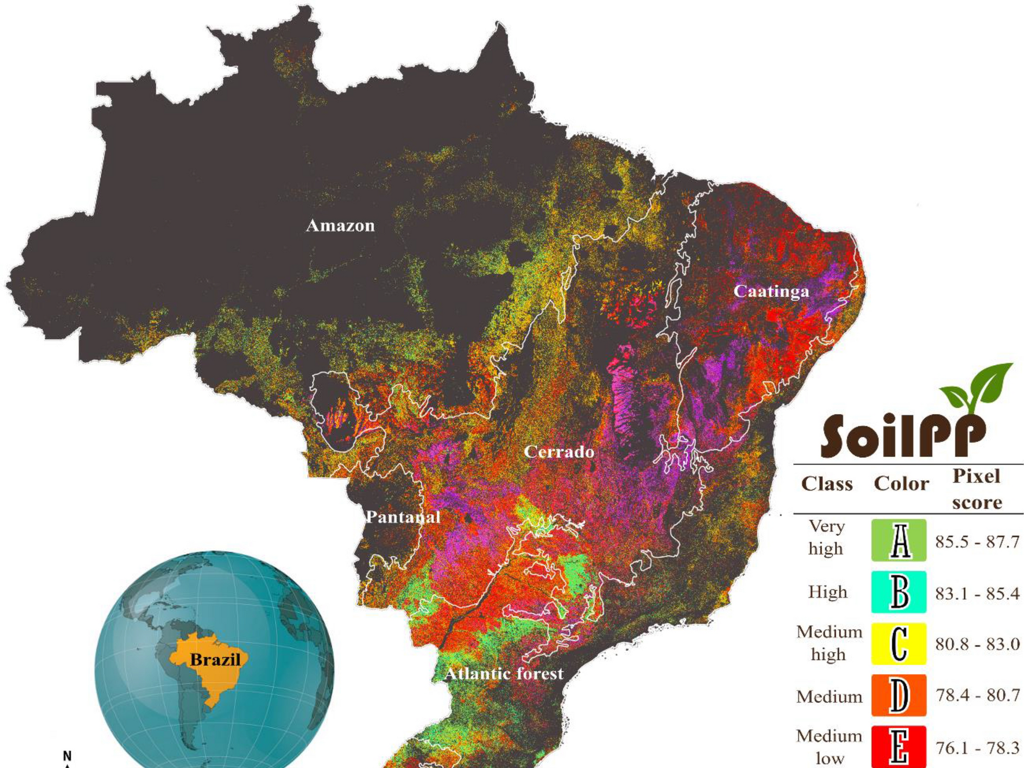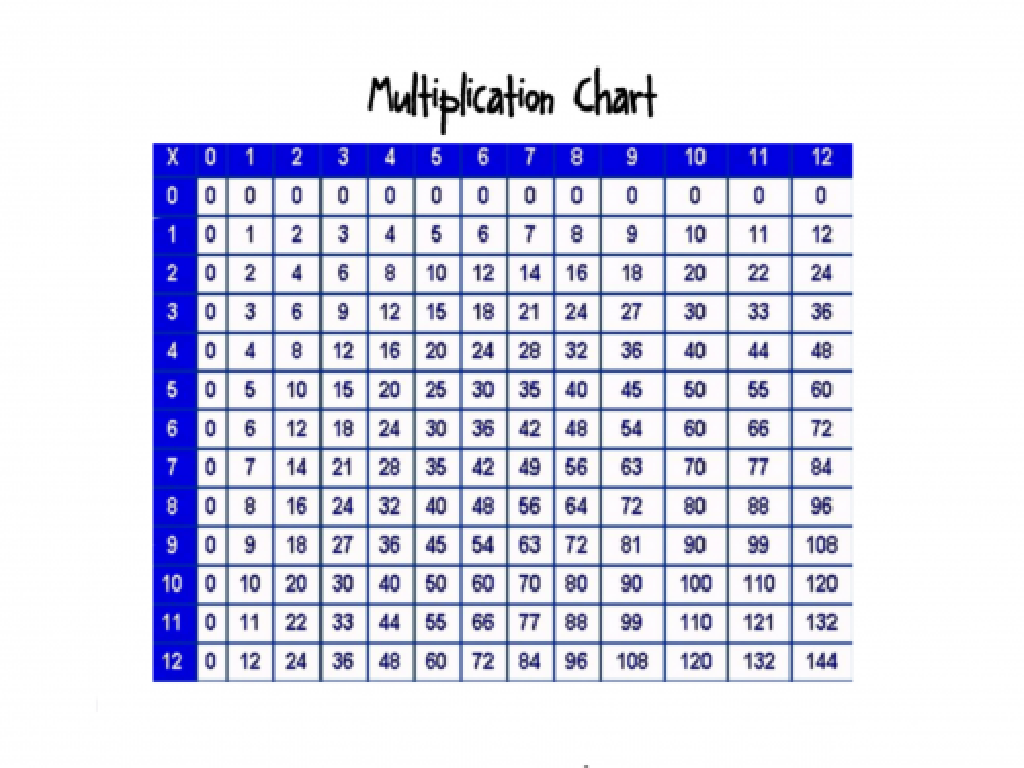Natural Resources
Subject: Science
Grade: Second grade
Topic: Earth'S Features
Please LOG IN to download the presentation. Access is available to registered users only.
View More Content
Welcome to Natural Resources!
– What are natural resources?
– Materials or substances occurring in nature which can be used for economic gain
– Their importance to us and Earth
– They are essential for survival and the economy. They provide food, energy, and raw materials.
– Examples of natural resources
– Water, air, trees, and minerals like iron and gold
|
This slide introduces the concept of natural resources to second-grade students. Begin by explaining that natural resources are materials that we get from the Earth without altering them. Emphasize their importance by discussing how they are crucial for our survival, providing us with the basics like water to drink, air to breathe, and materials to build our homes. Give relatable examples such as water for drinking, trees for paper and playgrounds, and minerals used in their pencils or electronics. Encourage the students to think of more examples and consider how their lives would be different without these resources. This will help them appreciate the value of natural resources and understand the need to use them responsibly.
Types of Natural Resources
– Renewable vs Non-Renewable
– Resources that can replenish vs those that can’t
– Sunlight, Water, Wind
– Examples: Sun for warmth, rivers for drinking, wind for kites
– Oil, Coal, Natural Gas
– Once used, they’re gone for a long time
– Conservation is key
– Using resources wisely to save our planet
|
This slide introduces the concept of natural resources and the distinction between renewable and non-renewable resources. Renewable resources are those that nature can replace once used, like sunlight, water, and wind. Non-renewable resources, such as oil, coal, and natural gas, take millions of years to form and are depleted when used. Emphasize the importance of conservation and using resources responsibly. Engage the students by asking them to think of ways they use these resources daily and how they can help conserve them. This will help instill an early awareness of environmental stewardship.
The Sun: Our Main Renewable Resource
– Sun helps plants grow
– Sunlight is essential for photosynthesis.
– Solar energy: Sun’s power
– Solar panels convert sunlight into electricity.
– Sunlight drives the Water Cycle
– Sun’s heat evaporates water, starting the cycle.
– Importance of the Sun
|
This slide introduces the Sun as a crucial renewable resource for life on Earth. It begins by explaining how sunlight is necessary for plants to perform photosynthesis, which is the process by which they make their food and release oxygen. Next, it discusses solar energy as a clean source of power that can be harnessed through solar panels. The slide also describes the Sun’s role in the water cycle, where its heat causes evaporation, leading to cloud formation and eventually precipitation. Emphasize the Sun’s importance in sustaining life and ecosystems, and how we can utilize its energy in a sustainable way. Encourage students to think of ways the Sun helps us in our daily lives and the importance of renewable resources.
Water: A Vital Resource
– Water’s role in daily life
– Drinking, cleaning, and growing food
– The Water Cycle explained
– Water evaporates, condenses, and precipitates
– Why we must save water
– To ensure there’s enough for all
– How to conserve water
– Turn off taps, fix leaks, use less
|
This slide introduces water as an essential part of our daily lives and the natural process of the water cycle. Emphasize the various uses of water, such as hydration, hygiene, and agriculture. Explain the stages of the water cycle – evaporation, condensation, and precipitation – in simple terms. Discuss the importance of conserving water to ensure that everyone has enough, now and in the future. Provide practical tips for saving water, like turning off the tap while brushing teeth and fixing any leaks at home. Encourage the students to think of other ways to save water and why it’s important for the Earth.
Soil: More Than Just Dirt
– What is soil composed of?
– Soil has minerals, water, air, and living things.
– Exploring soil varieties
– Sandy, clayey, and loamy soils have unique properties.
– Soil’s part in agriculture
– Plants need healthy soil to grow fruits and veggies.
– Soil conservation
– Protecting soil is important for future farming.
|
This slide introduces students to the concept of soil beyond just being dirt. Begin by explaining the composition of soil, including its inorganic and organic components such as minerals, water, air, and living organisms. Discuss the different types of soil – sandy, clayey, and loamy – and their characteristics. Highlight the importance of soil in agriculture, how it provides nutrients to plants, and supports the growth of the food we eat. Emphasize the need for soil conservation to maintain healthy soil for future generations. Use simple language and examples to make the content relatable and understandable for second graders.
Conservation of Resources
– What is conservation?
– Conservation means to save and protect
– How to conserve resources?
– Turn off lights, save water, plant trees
– Learn the Three R’s
– Reduce waste, Reuse items, Recycle materials
– Practice conservation daily
– Small daily actions can make a big difference
|
This slide introduces the concept of conservation to second-grade students, explaining it as the act of saving and protecting our natural resources. Discuss practical ways children can contribute to conservation, such as turning off lights when not in use, saving water by closing taps properly, and planting trees. Emphasize the Three R’s: Reduce, Reuse, and Recycle, and how these practices can help the environment. Encourage students to think of ways they can practice conservation in their daily lives, fostering a sense of responsibility and empowerment to make a positive impact on the Earth.
Class Activity: Resource Scavenger Hunt
– Team up for a scavenger hunt
– Find items made from natural resources
– Look for wood, cotton, or rubber items
– Discuss each item’s use
– How do we use these items daily?
– Understand why resources are important
– Learn the value of nature’s gifts
|
This activity is designed to help students identify and appreciate natural resources in their everyday environment. Divide the class into small teams and provide a list of items for them to find within the school or classroom that are made from natural resources such as wood, cotton, or rubber. Once the items are collected, facilitate a discussion on how each item is used in daily life and the importance of conserving natural resources. This will help students understand the concept of sustainability. Possible variations of the activity could include drawing pictures of the items, creating a collage, or even a show-and-tell session to engage different learning styles.






